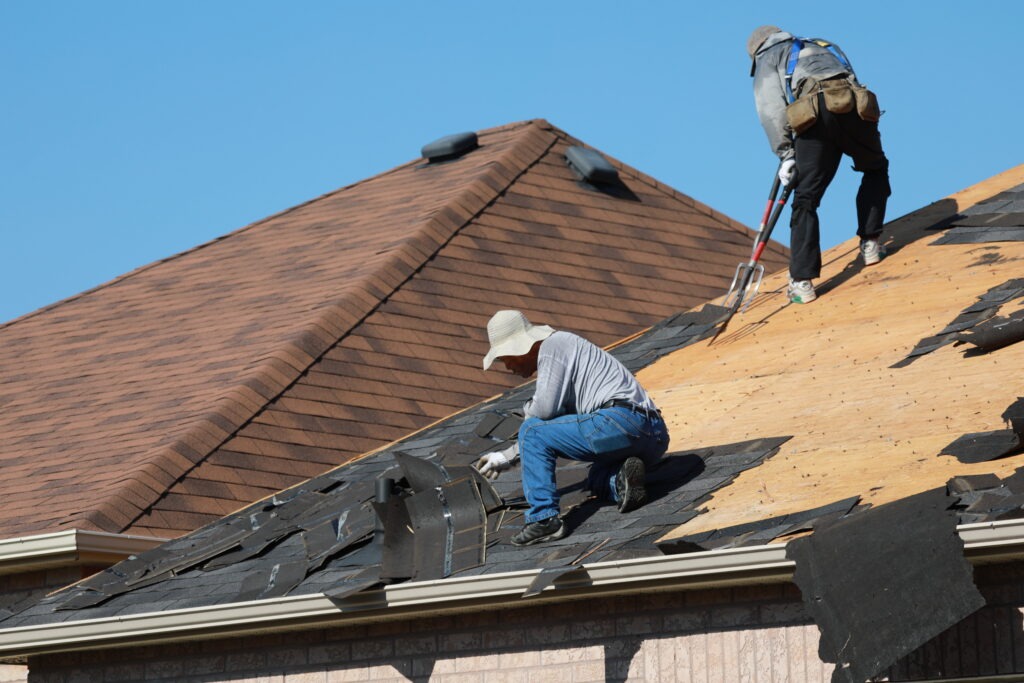Since your home accounts for so much of your energy use, making a few energy-efficient upgrades can have a significant impact when it comes to reducing your carbon footprint. From major renovations to small upgrades, there are plenty of green things you can do to reduce your energy consumption at home. Check out these home upgrades that can make your humble abode a bit more eco-friendly.
1. Perform a Home Energy Audit
The first step to making your home greener is by hiring a professional to complete a home energy audit. This will provide a complete assessment of your home’s energy use, so you can decide which eco-friendly updates will be the most effective. The auditor you hire will likely check for air leakage, insufficient insulation, and other issues that may cause your home to use excess energy.
If the results of your audit are a little disappointing, you may want to consider more efficient home energy solutions. For example, upgrading to a ductless HVAC system or geothermal heating system could reduce your energy consumption significantly and result in much lower energy spending over time.
2. Change Your Roof
Your roof can have a huge impact on how much energy your home uses. One way to reduce your usage is by switching to a cool roof. Unlike traditional roofs, cool roofs are very light in color. This helps reflect infrared rays so the roof stays cooler during the day. The best part is that cool roofs can look similar to traditional roofs when made with materials like metal, tile, or asphalt.
However, a cool roof doesn’t need to be light-colored or white every single time. There are several products that use darker pigments but are still considered a ‘cool color’ due to their reflective nature.
Here are some other benefit of cool roofs that might help you make a decision in their favor:
- They make the occupants of the building more comfortable due to cooler interior temperature during the hot months
- A reduced need for running the air conditioning, which reduces energy costs
- A lowered roof temperature, which can extend the life of roof services
- Might help in reducing air pollution due to lowered harmful emissions like CO2, which are usually linked to the use of air conditioning and fossil fuels
- A reduction of the urban heat island effect as heat is reflected back into the atmosphere (this effect occurs when the darker surfaces of urban areas and less vegetation result in the city being hotter than rural areas in the same region)
- Might help a building adhere to local codes and regulations for cooling systems
Another option is to install solar panels on an existing or new roof. This is especially effective for homes that have a roof that’s in direct sunlight for much of the day. Many utility companies even offer a rebate or credit if you make this energy-efficient upgrade to your home.
3. Increase Insulation
Adding more insulation to your home can be an effective way to reduce energy costs. Insulation helps keep your heated or cooled air inside and offers protection from outside cold or heat. Older homes are especially vulnerable to having insufficient insulation. There are many types of insulation available. Selecting the right one depends on what part of your home you are adding insulation to. Another way to further insulate your home is by upgrading your windows to more energy-efficient ones. Newer dual-pane windows can effectively provide insulation from outdoor elements, while also offering soundproofing benefits.
4. Install a Programmable Thermostat
One easy and affordable green upgrade for your home is to switch to a programmable thermostat. These advanced devices have been shown to reduce energy use by automatically adjusting the temperature inside the home throughout the day. Many offer convenient access via your smartphone, so you can adjust your thermostat even when you’re not home. These features can help cut energy consumption by 10 percent or more. Considering the low upfront cost of the device, it’s certainly an eco-friendly investment worth adding to your home.
With a programmable thermostat, a person can adjust their home’s temperature according to their personal comfort. With the right adjustments, you can save a significant amount on monthly utility bills. For more efficiency, you can make a proper schedule according to your routine; the thermostat can lower energy usage significantly when the family is not at home.
It’s also a good idea to pair a programmable thermostat with an HVAC system. This step can help in reducing the workload of the latter and help it achieve its best potential. If the pairing works, you may not need to get a new HVAC system for now.
Add at least one of these green updates to your list of home improvement projects to reduce your energy consumption in a meaningful way. Doing so will prove that you are environmentally responsible.



